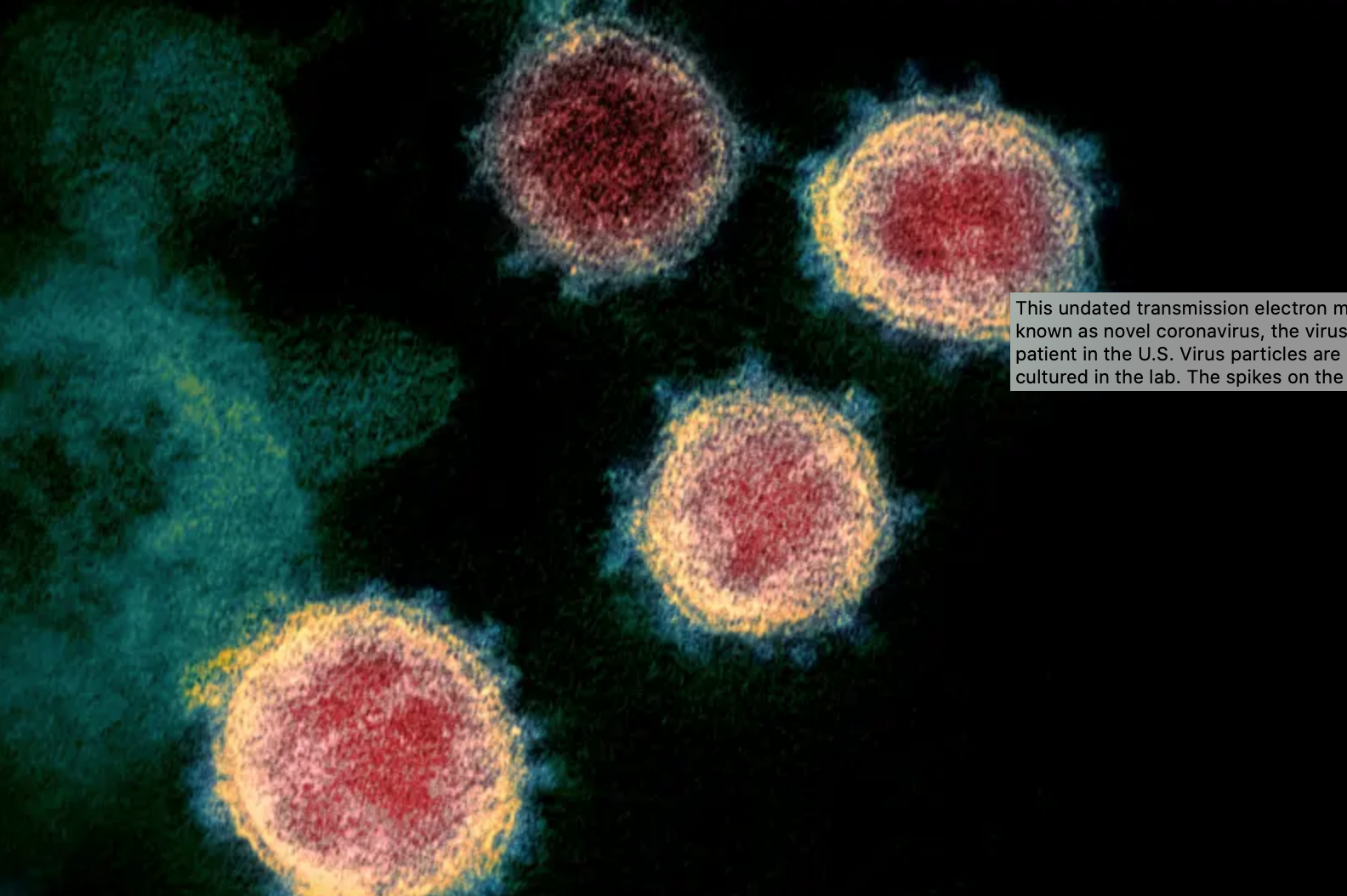Check out this story: COVID-19: New ‘Mu variant’ from Colombia could be vaccine resistant -WHO https://t.co/4m1ZDO7aBS from Flipboard.
— Oba_jero (@oba_jero) September 2, 2021
世界卫生组织(WHO)研究显示,可能对疫苗有抗药性的新冠病毒Mu变异株至今已在39国现踪,其中又以美国最多,记录到2065例。
世卫说,被称为Mu的B.1.621是所谓“需留意变异株”(variant of interest),具有对疫苗具抗药性风险的变异。
Mu于1月间首度在哥伦比亚发现,至今已在另外38个国家现踪,这些国家主要位于南美洲和欧洲。
世卫在8月31日公布的每周例行疫情公告中说:“Mu变异株2021年1月首度在哥伦比亚现踪后,便陆续接获零星通报,若干南美洲和欧洲国家出现规模较大的疫情。”
报告援引上传到“全球共享流感数据倡议组织”(GISAID Initiative)的资料指出,截至8月29日止,已在39个国家记录到4500多个基因定序,其中3794例为B.1.621变异株,856例为B.1.621.1变异株。这个全球性科学倡议组织搜集病毒基因定序病例资料,并提供一个允许公众取用的数据库平台。
报告称,尽管Mu的全球盛行率“目前已降至0.1%以下”,但哥伦比亚和厄瓜多尔的盛行率“仍持续成长”,分别达到39%和13%。
WHO也指出,Mu“有一系列突变,呈现出有免疫逃脱的潜在特性”,但也补充道,还需更多研究来了解Mu的表型和临床特征。
报告说,“Mu在南美洲流行,特别是与Delta变异株共同传播,将受到世卫监控。”
世卫将Mu列为5种“需留意变异株”的其中之一,另外4种为Eta、Iota、Kappa和Lambda。被认为有可能使疫情恶化的4个高关注变异株(Variants of Concern VOC)则包括首先在英国发现,已在193国出现的Alpha变异株、已在141国出现的Beta变异株、已在91国出现的Gamma变异株和已在170国出现的Delta变异株。
根据全球共享流感数据倡议组织提供的资料,美国记录到2065个Mu变异株病例,数量高于其他各国,排在美国之后的是有852例的哥伦比亚和473例的西班牙。
今年5月首度在南非发现的新变异株C.1.2也令科学家十分担忧,因为相较其他变异株,C.1.2传播力更高,对疫苗的抗药性也更强。
上周公布的一项研究预印本(Preprint)说,C.1.2变异株于南非现踪后,博茨瓦纳、中国、刚果民主共和国、英国、毛里求斯、新西兰、葡萄牙和瑞士也陆续传出相关病例。
这项由南非科学家领导的研究指出,C.1.2变异株有异常高的突变率,也比其他“高关注变异株”易突变。
研究表示,与其他变异株相比,C.1.2会导致较严重的COVID-19病症。
来源: 中时电子报
A number of mutations suggest that the Mu variant could resist immune defenses and possibly even have a faster transmission than other variants.
4,871 views




